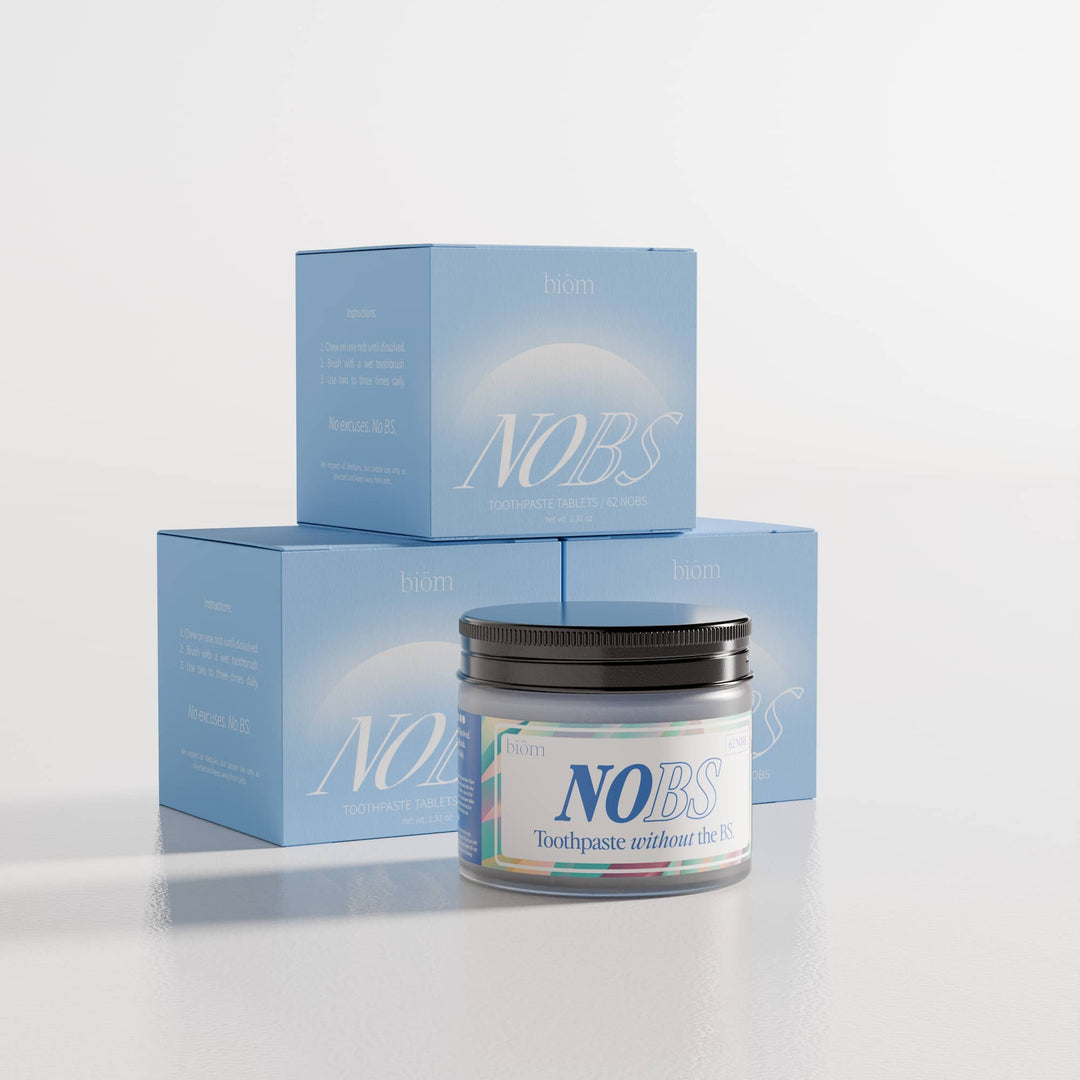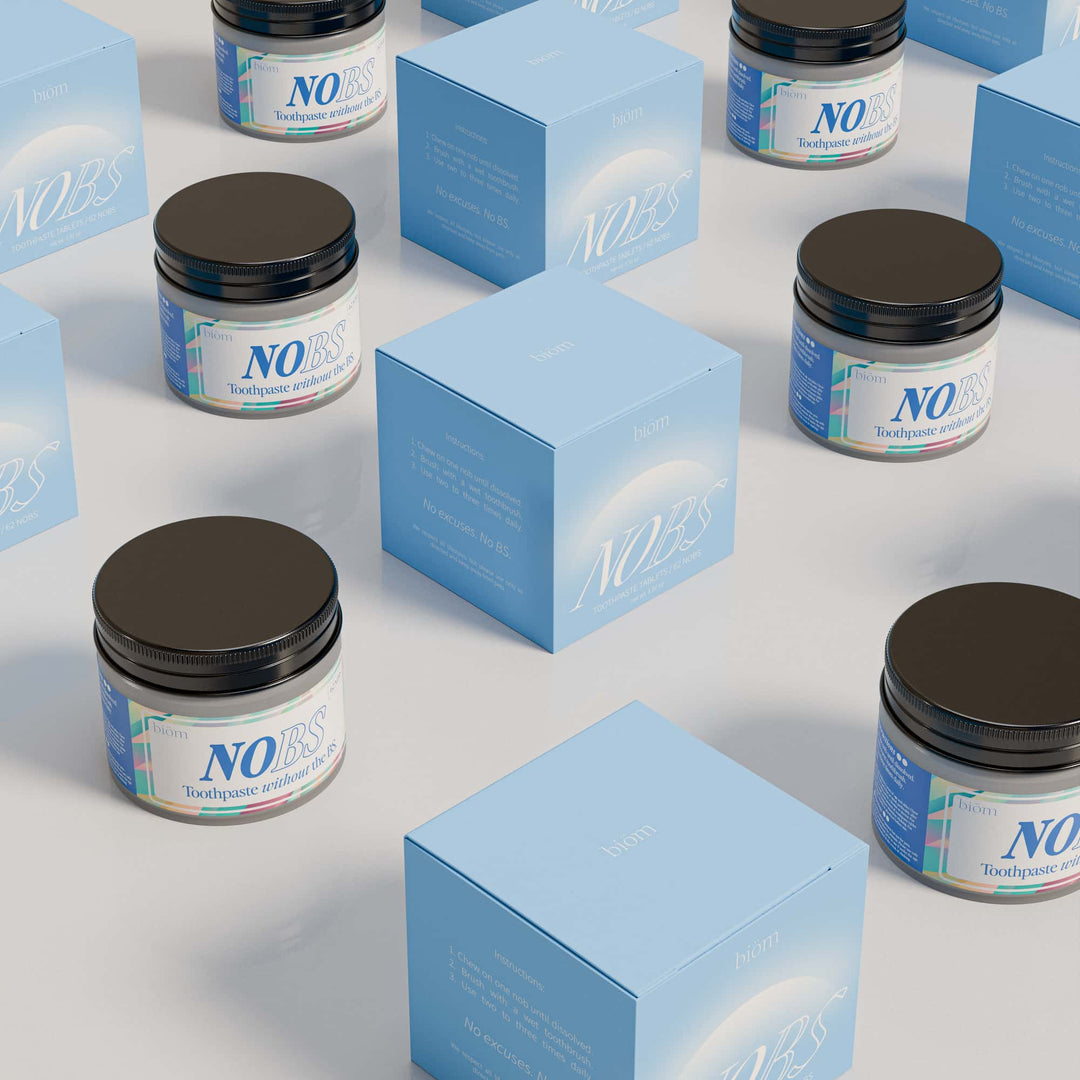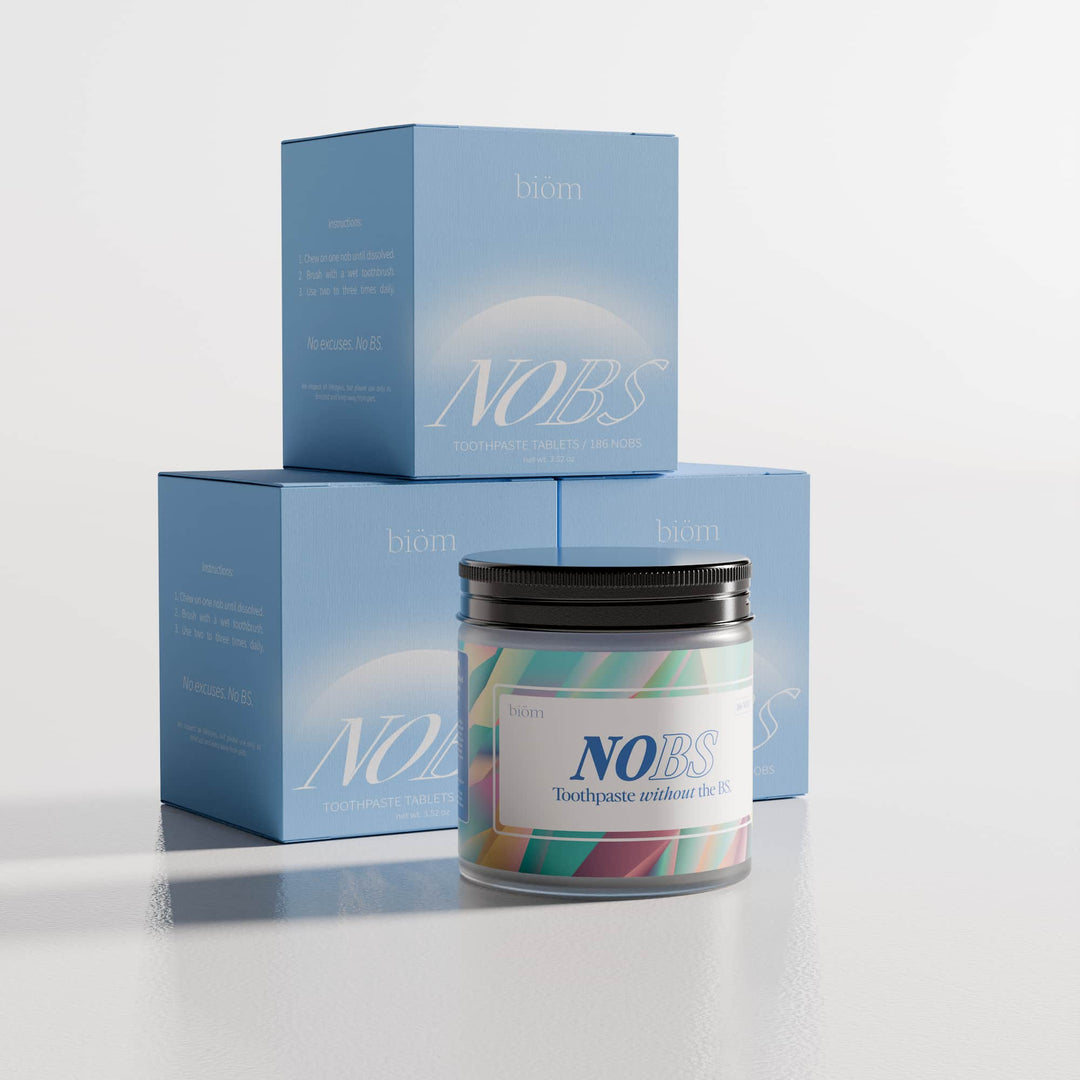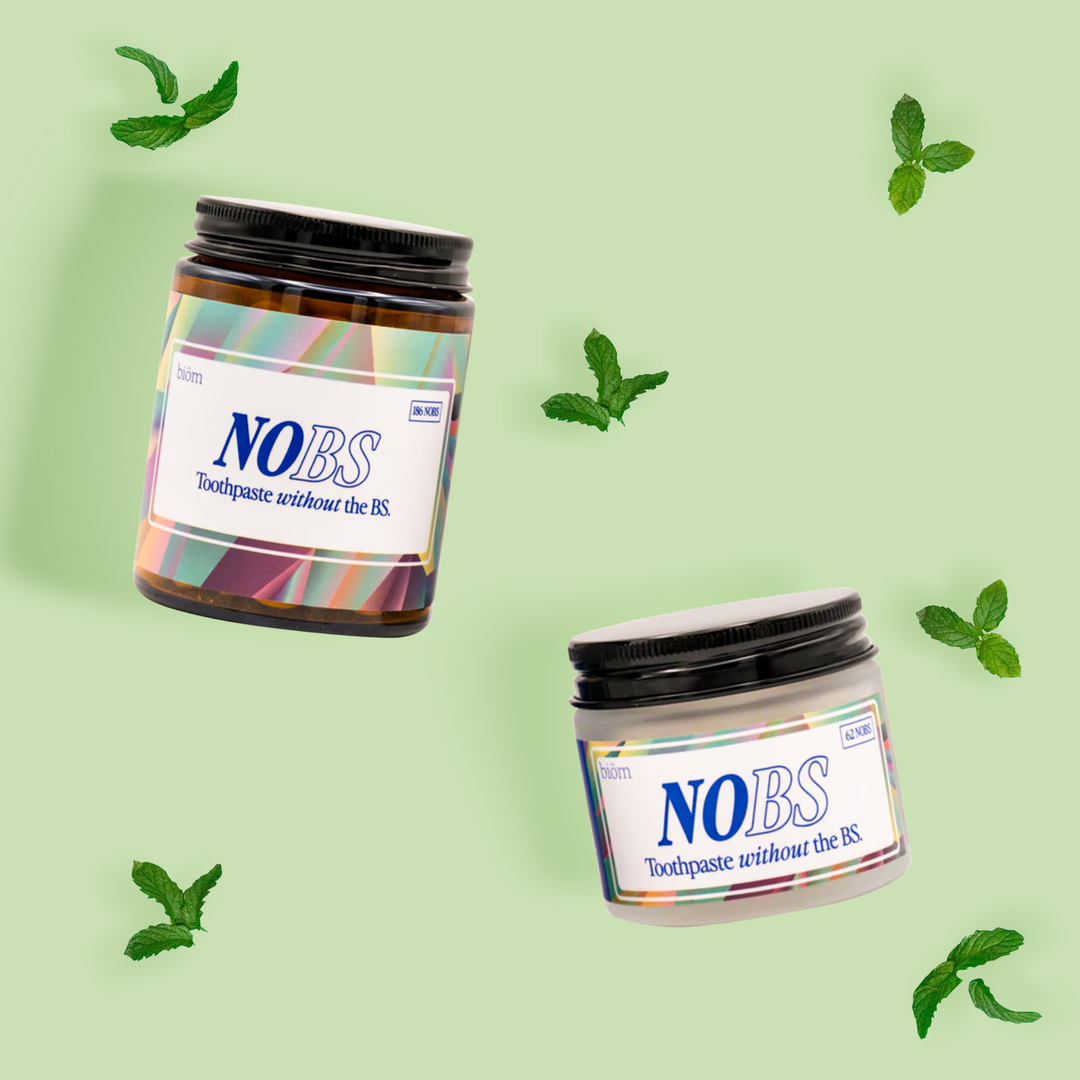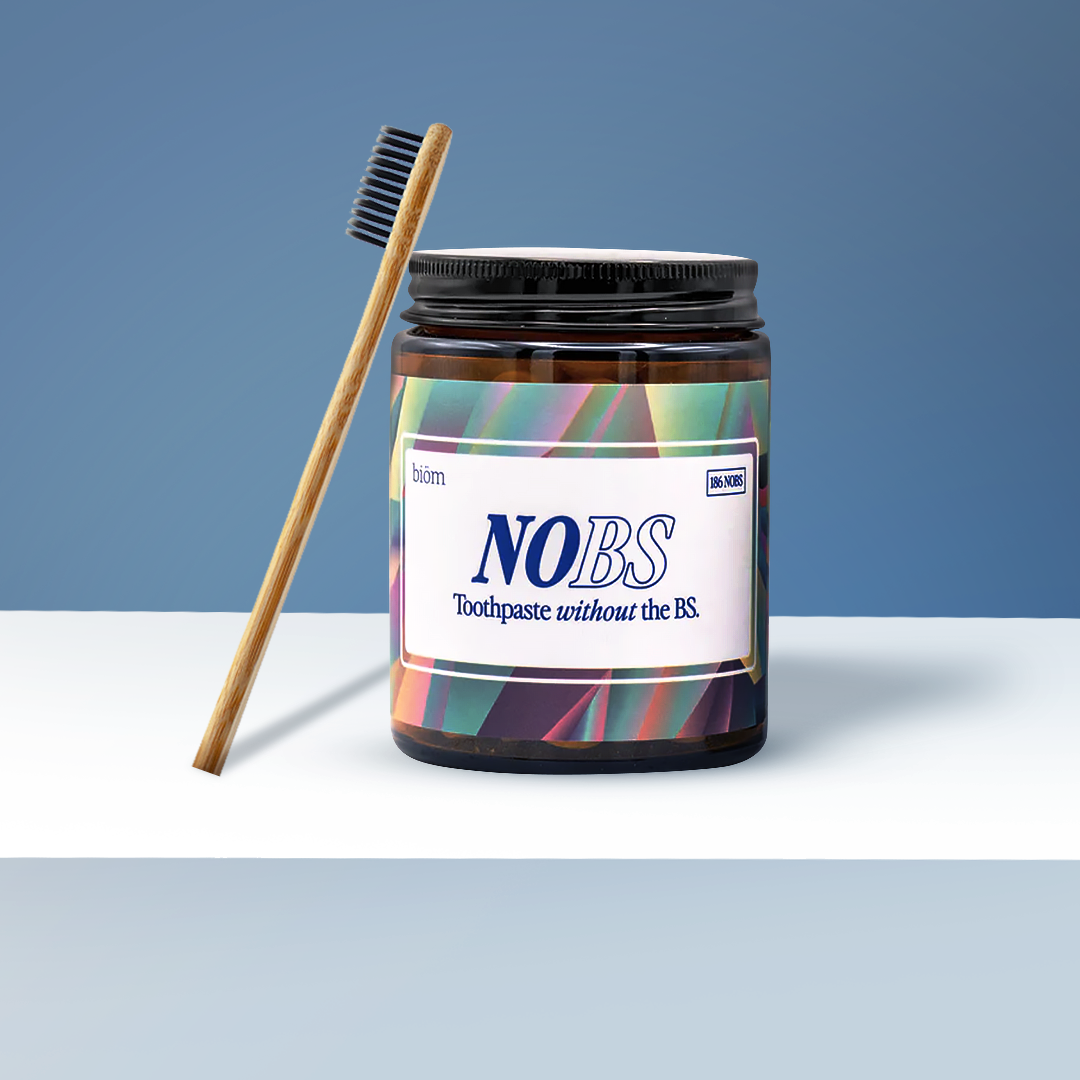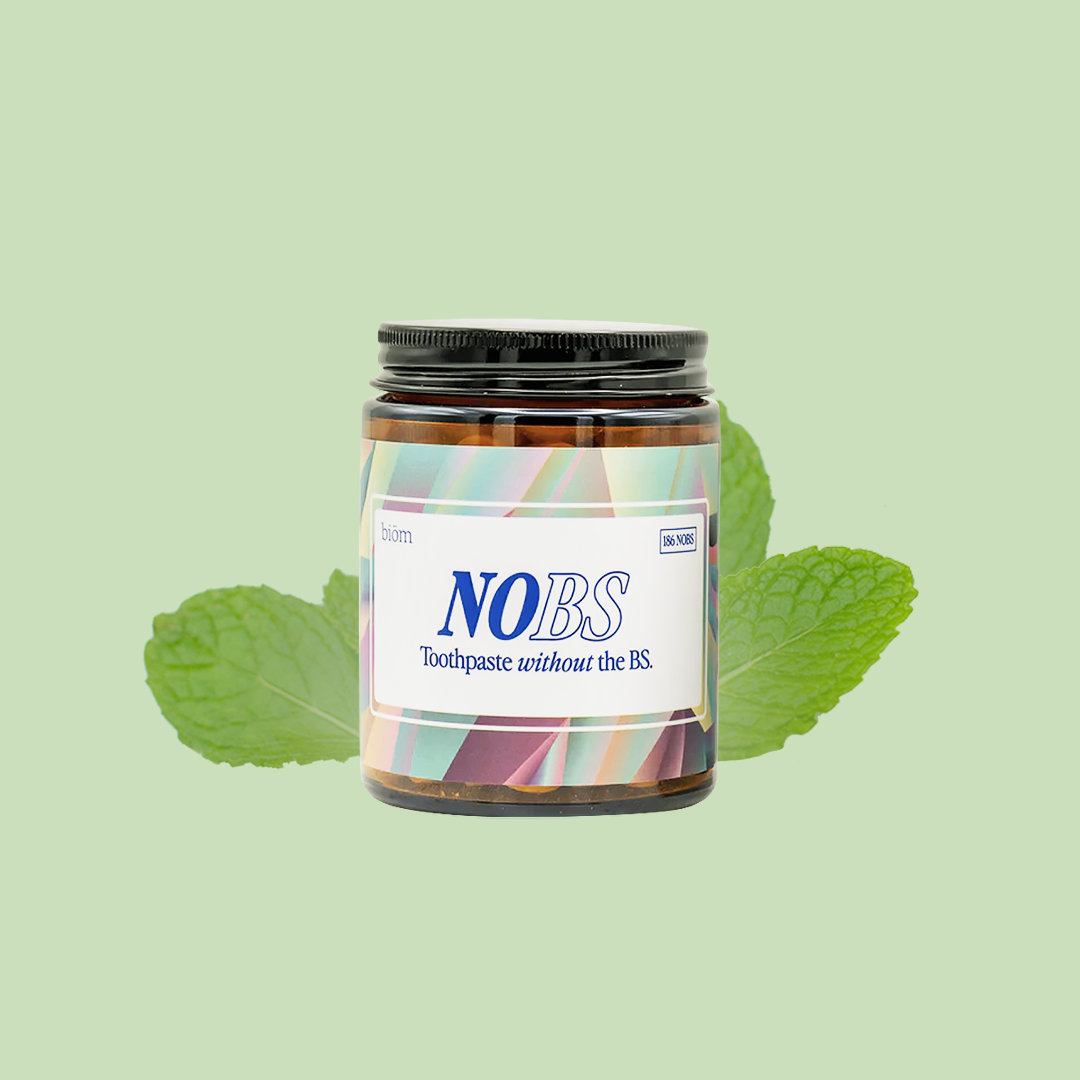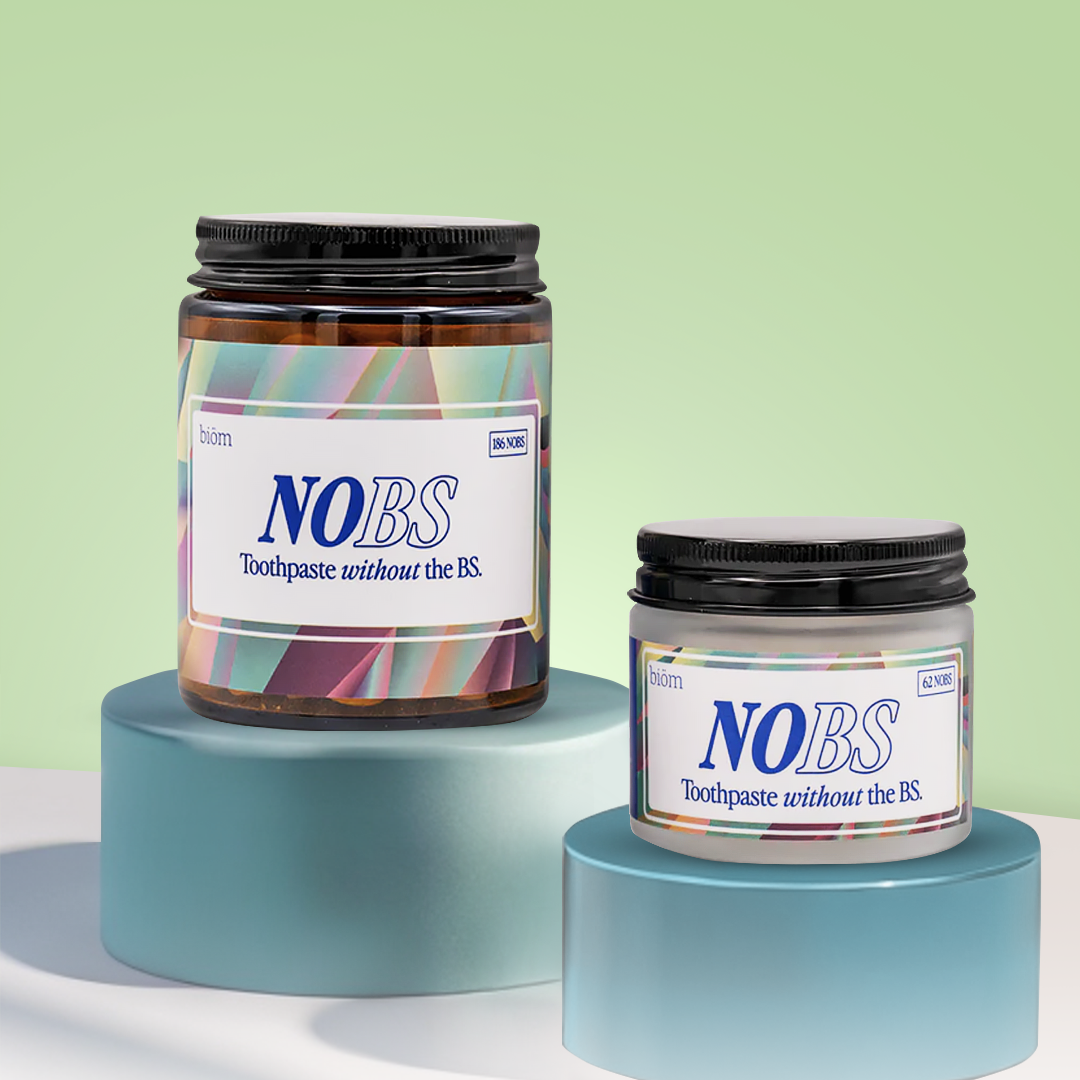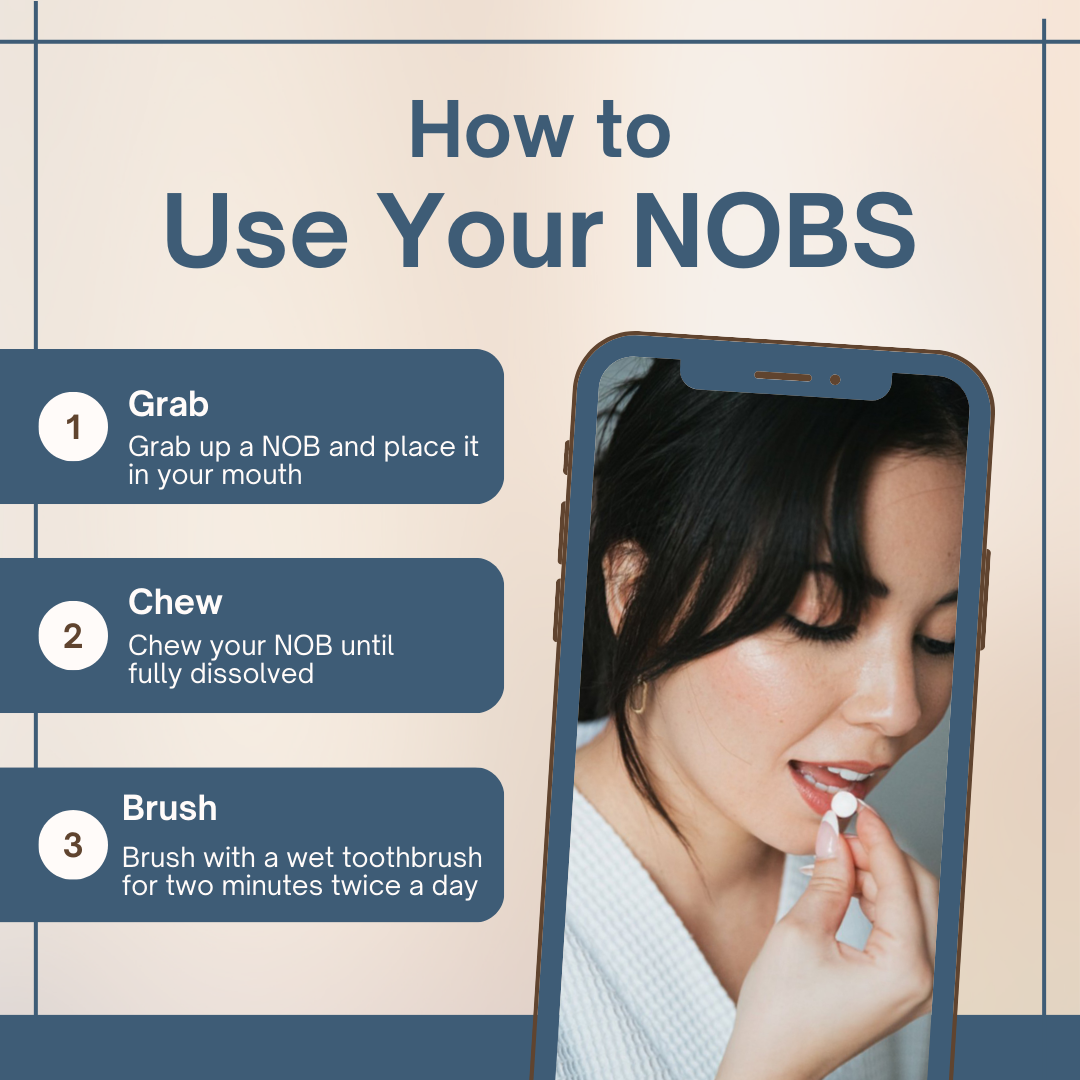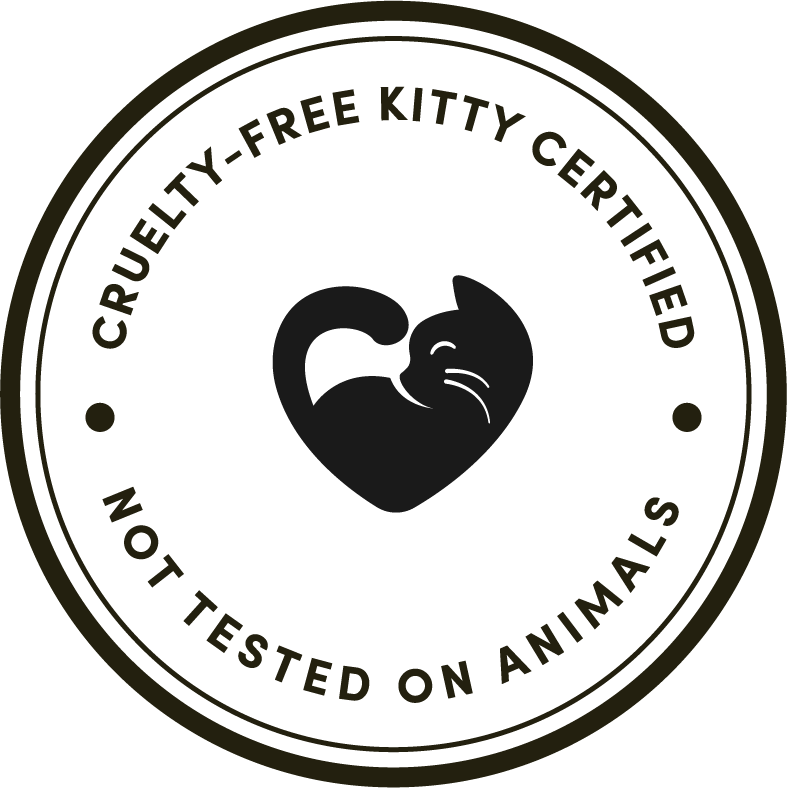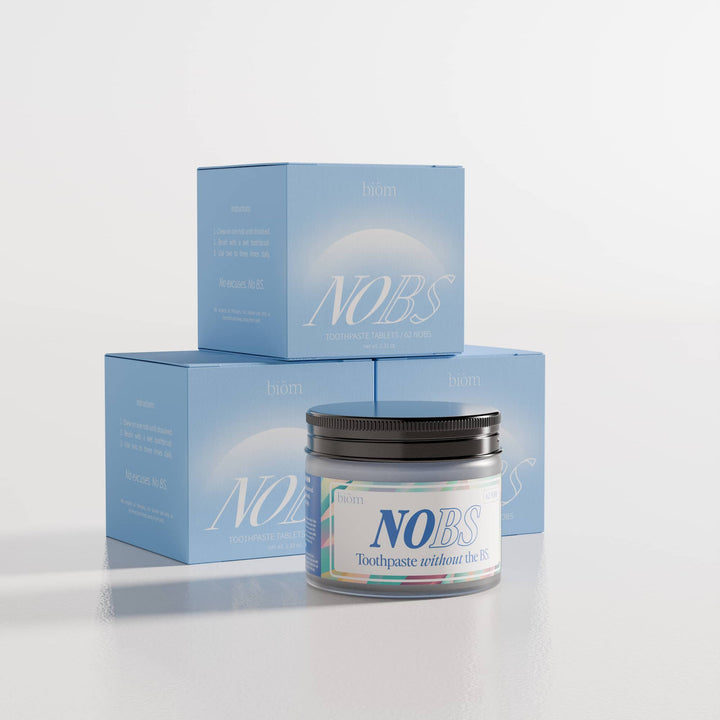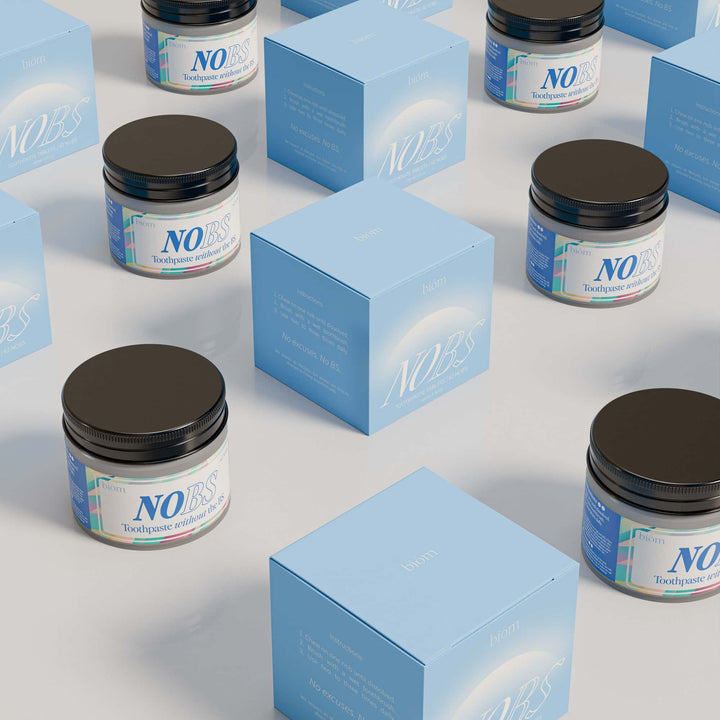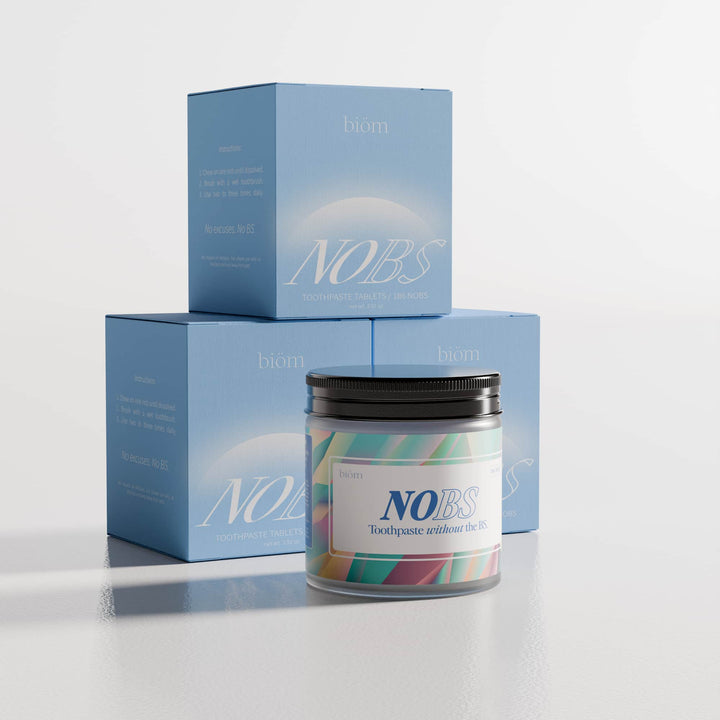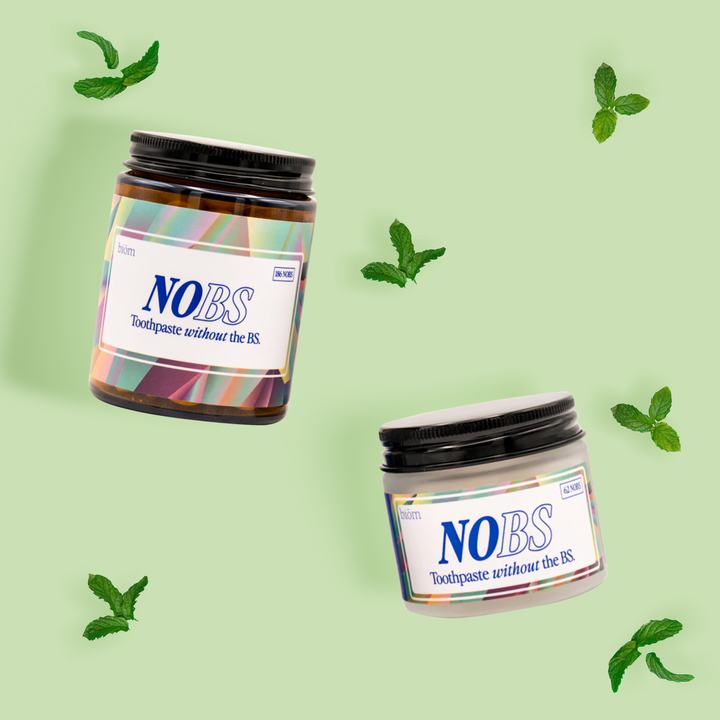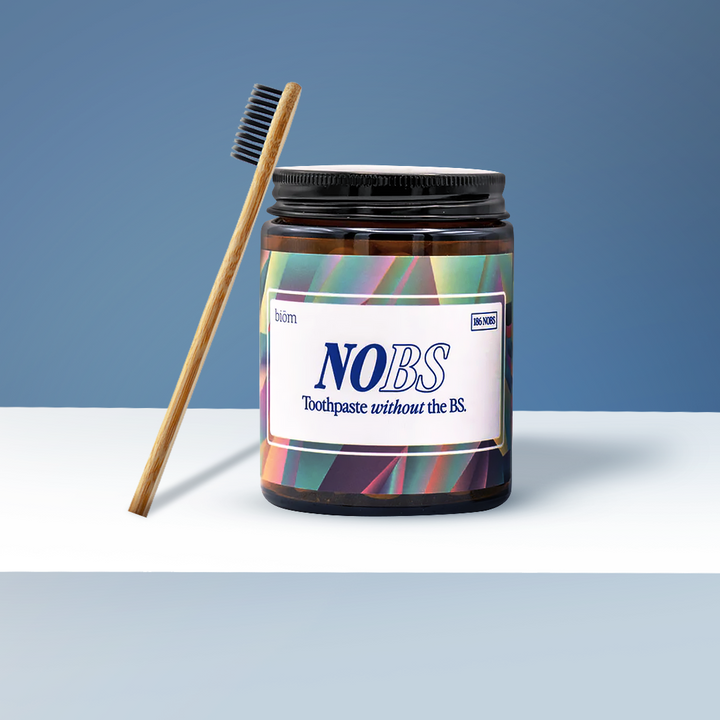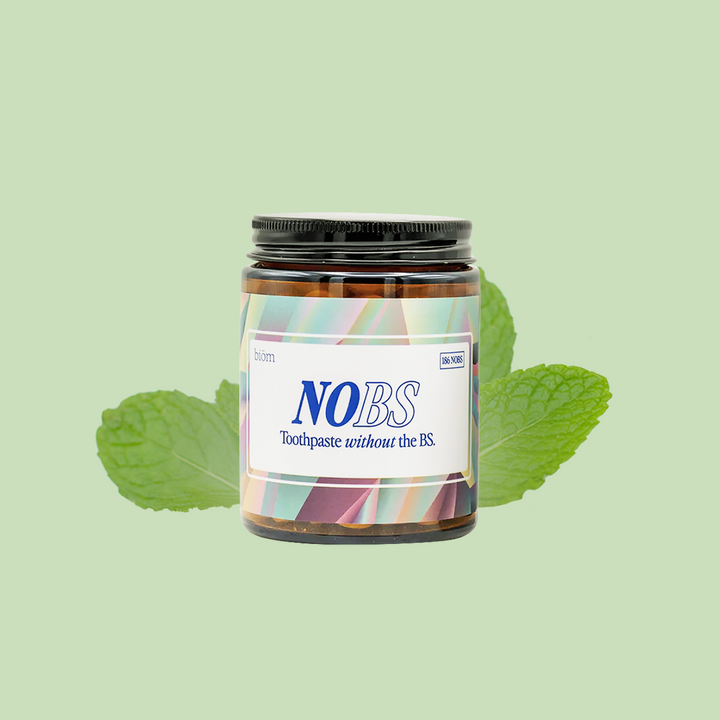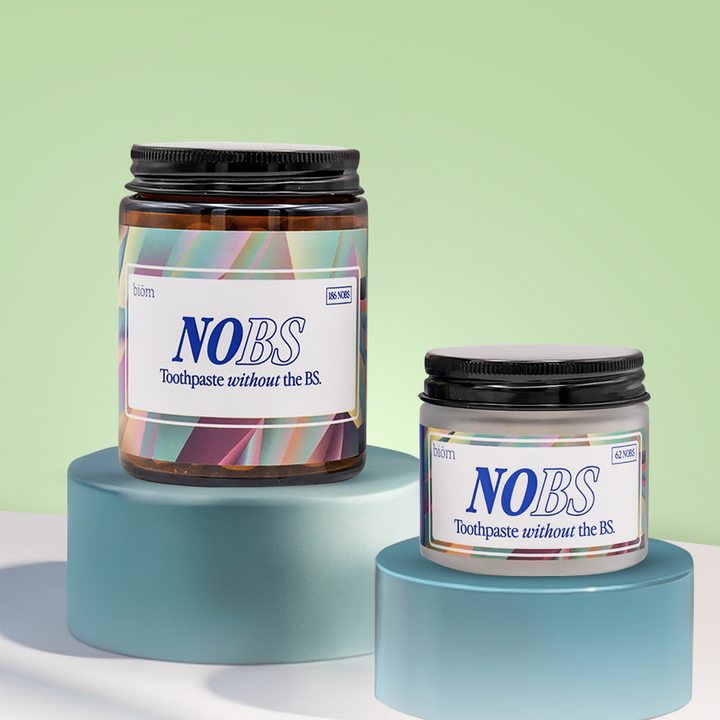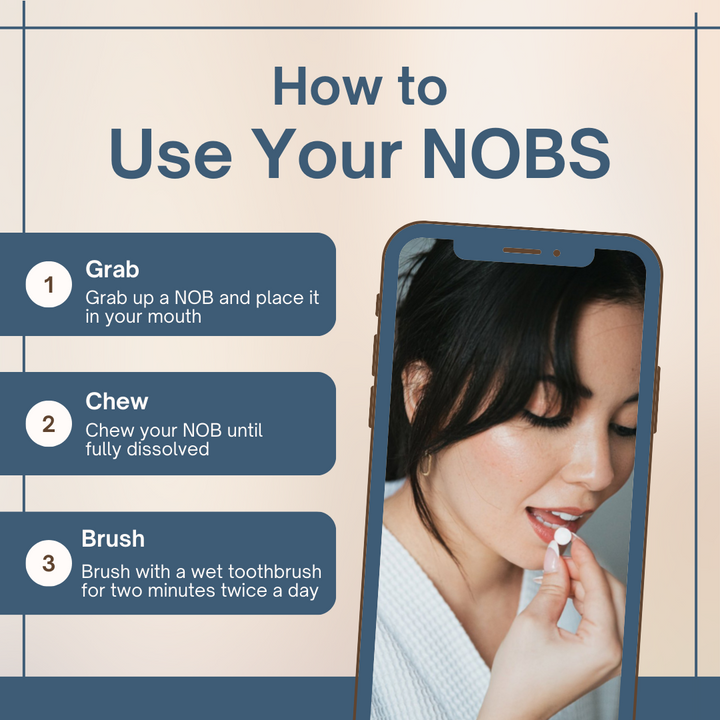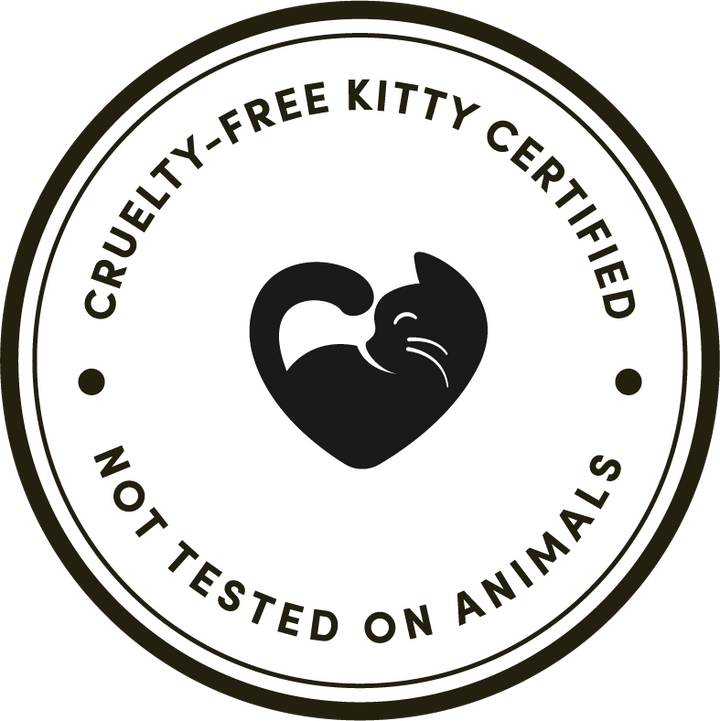Oil Pulling for Cavities: Fact or Fiction?
From a scientific standpoint, evidence supporting oil pulling as a direct method for cavity prevention or treatment is limited.
Some proponents of oil pulling claim that it can reduce cavities by decreasing the bacterial load in the mouth, particularly Streptococcus mutans, a primary bacterium responsible for tooth decay. The theory suggests that swishing oil in the mouth can "pull" bacteria out of the hard-to-reach areas of our mouths, thereby reducing plaque formation and reducing your risk of developing cavities.
While oil pulling may reduce bad bacteria in our mouths and improve overall dental health, it shouldn't be your only treatment for cavities. Traditional dental hygiene practices, such as regularly brushing with nano hydroxyapatite toothpaste and flossing are the most effective and scientifically supported methods for preventing tooth decay.
Further, since you cannot remineralize a cavity once it has formed, be sure to check in with your dentist if you're experiencing dental caries.
In this article, I'll explain everything you need to know about oil pulling for cavities.
What is oil pulling?

Oil pulling is a traditional Ayurvedic practice for improving oral hygiene and for spiritual benefits.
It involves swishing oil in your mouth for about 20 minutes to remove bacteria and dislodge buildup between your teeth. Back then, this process was used to treat bad breath and gum disease and, while less common now, continues to be practiced today for similar benefits.
While oil pulling was originally conducted with sesame and sunflower oil, virgin coconut oil is more common now. Any oil, including sunflower oil or olive oil, can be used for oil-pulling therapy, but coconut oil has been popularized due to its high lauric acid content and pleasant taste.
Just remember, to maximize the oral health benefits of oil pulling, we recommend brushing with toothpaste tablets, flossing with expandable floss, and using a tongue scraper daily.
How does oil pulling work?
Oil pulling works by dislodging harmful bacteria from between your teeth before it has a chance to organize into plaque.
Essentially, the oil helps emulsify the bacteria and debris in your mouth, allowing it to be spit out after ~20 minutes. Clinical and diagnostic research suggests that this practice supports a healthy oral microbiome.
That being said, it takes about 20 minutes for oil pulling to have a significant impact on your oral hygiene. Therefore, it is one of the more labor-intensive oral health practices and may not fit into your daily overall health routine.
Does oil pulling reverse cavities?

No, oil pulling does not reverse cavities. Cavities are caused by tooth decay, which occurs when acid produced by bacteria in plaque erodes the enamel of our teeth. Once a cavity has formed, the lost tooth structure cannot be regenerated by oil pulling or any other natural remedy.
While coconut oil pulling may help reduce the amount of bad bacteria in your mouth and potentially lower the risk of further decay by improving oral hygiene, it cannot repair the existing damage caused by cavities. This is because oil pulling does not remineralize teeth.
Restorative dental treatments, such as fillings and crowns, may be necessary to address cavities and prevent further damage. Ultimately, the decision to treat a cavity will vary from dentist to dentist.
Further, to maintain your oral health and prevent and reverse tooth decay, it's important to follow a daily oral care routine that includes brushing with nano hydroxyapatite toothpaste tablets, flossing with expandable floss, and tongue scraping.
Wait, what causes tooth decay and cavities?
Tooth demineralization, tooth decay, and cavities are primarily caused by the interaction of acids with tooth enamel. These can be dietary acids or simply acids produced by the bad bacteria in our mouths. Let's walk through some of the main causes of demineralization.
BAD BACTERIA & PLAQUE
Dental plaque is a thin, sticky film that naturally forms on our teeth. It consists of bacteria colonies that feed on sugars and carbohydrates from the foods we consume.
As they metabolize these sugars, they produce acids as byproducts. These acids can gradually erode the minerals, primarily calcium and phosphate, from our teeth which leads to demineralization.
Regular brushing and flossing help remove dental plaque, reducing the presence of acid-producing bacteria and their harmful effects on enamel.
DIETARY ACIDS
Consuming acidic foods and beverages can directly introduce acids into our mouths, disrupting our oral pH.
For example, citrus fruits, carbonated sodas, and fruit juices are naturally acidic. When these acidic substances come into contact with tooth enamel, they can weaken the enamel's mineral structure, making it more susceptible to demineralization.
Limiting the intake of acidic foods and practicing good oral hygiene can help mitigate the impact of these dietary acids on teeth.
POOR ORAL HYGIENE
Inadequate oral hygiene practices, such as not brushing and flossing enough, can lead to dental plaque accumulating on tooth surfaces.
When plaque is not regularly removed, it provides a breeding ground for acid-producing bacteria. These bacteria thrive in the plaque and continuously generate acids as they metabolize sugars.
The prolonged exposure of teeth to these acids can result in demineralization, making your daily oral care routine essential for preventing enamel damage.
DRY MOUTH
Saliva is known for its ability to neutralize acids and support the remineralization of enamel. It's an essential component of your oral microbiome.
However, conditions that reduce salivary flow, such as certain medications, medical conditions, or dehydration, can leave the mouth dry. In a dry mouth environment, acids are not effectively neutralized, and the protective effects of saliva are compromised.
This can lead to an increased risk of enamel demineralization and tooth decay, making it essential for individuals with dry mouth to manage this condition effectively.
To combat dry mouth, certain toothpastes and chewing gums contain xylitol, a compound that has been proven to promote saliva production and normalize oral pH.
ACID REFLUX
Conditions like acid reflux (gastroesophageal reflux disease or GERD) or frequent vomiting expose teeth to stomach acids, which are highly acidic and corrosive.
When these strong acids come into contact with tooth enamel, they can rapidly erode the minerals from the enamel surface, leading to demineralization.
Individuals with these conditions are at an elevated risk of enamel damage, and managing acid reflux or vomiting episodes is crucial to protect dental health.
What can I do to prevent tooth decay?

To prevent, treatment, and remineralize tooth decay, we can take measures such as:
- brushing twice daily with nano hydroxyapatite toothpaste
- flossing with expandable floss at least three times per week
- using a tongue scraper nightly to get rid of harmful bacteria
- rinsing your mouth with an alcohol-free mouthwash to further freshen your breath and kill remaining bacteria
- and eating a healthy diet low in acidic or sugar foods.
Specifically, brushing your teeth at least twice a day for two minutes each with nano hydroxyapatite and a soft-bristled toothbrush will help remove plaque and disrupt the growth of harmful bacteria.
In fact, nano hydroxyapatite is a biomimetic agent that mimics the natural composition of our permanent teeth and supports remineralization. Basically, nano hydroxyapatite toothpaste deposits calcium and phosphate ions back into enamel which strengthens it and makes it more resistant to demineralization.
Further, we do have some evidence that nano hydroxyapatite may prevent cavities, although it is not an approved tool by the FDA to do so.
Of course, visiting the dentist regularly and limiting sugary and acidic foods are also essential steps to take to promote good oral health. Instead, consider adding natural probiotics to your diet such as fermented foods or calcium rich foods to support your overall health.
Benefits of Oil Pulling
Proponents of oil pulling with coconut oil (or any other oil) suggest that it has benefits that include:
-
Reducing oral bacteria associated with cavities and gingivitis
-
Fighting plaque induced gingivitis
-
Whitening teeth
-
Eliminating bad breath
-
Preventing periodontal disease progression
-
Lowering risk of tooth decay
These potential benefits largely come from oil pulling’s presumed ability to reduce bacterial load in your mouth.
However, there is no academic consensus on the benefits of oil pulling due to the lack of clinical research.
Bacteria
There is some evidence that oil pulling may reduce the number of bacterial colonies living in your mouth.
However, this is a newly evolving field of research and more evidence is required to fully understand the impact.
Bad Breath
By reducing the number of bacterial colonies in your mouth, oil pulling may have some impact to reduce the incidence of halitosis.
Plaque Buildup
Oil pulling is an effective treatment against plaque. In fact, one study found that "both coconut oil and sesame oil can be used for oil-pulling therapy with the aim of plaque regrowth inhibition".
Interestingly, this study also found that this same mechanism had a positive impact on tooth staining as well.
Gingivitis and Inflammation
Preliminary evidence shows that oil pulling may help fight gingivitis by reducing your plaque index. However, it is unclear how significant these results are and whether they can be replicated.
Side Effects of Oil Pulling
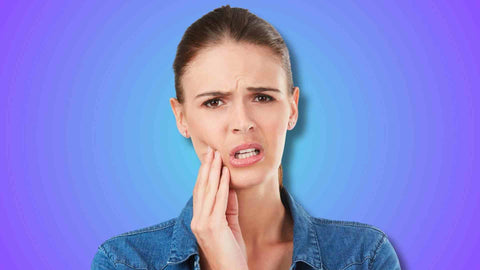
Oil pulling is generally considered safe although it may lead to some side effects in certain individuals.
These side effects can include nausea, upset stomach, or an unpleasant taste in the mouth, especially if you do not spit out the oil properly after swishing. Some people may also experience jaw fatigue or soreness from the prolonged swishing motion required when they practice oil pulling.
Additionally, there have been rare reports of lipoid pneumonia, a condition caused by inhaling small amounts of oil into the lungs, although this risk is extremely low when oil pulling is done correctly.
Let's walk through some of the oil pulling side effects in greater detail.
Nausea
Swallowing oil during oil pulling can lead to feelings of nausea, particularly if you accidentally ingest a significant amount. This sensation may occur due to the texture or taste of the oil or just from your stomach's reaction to the oil.
To prevent any discomfort, it's crucial to spit out the oil thoroughly after swishing. Further, you can start by swishing with a small amount of oil before gradually progressing to a larger amount of oil and a longer duration of oil pulling. Finally, you can choose to start with a lighter oil that has a milder taste like sunflower oil.
Upset Stomach
Along with nausea, ingesting oil during oil pulling may cause an upset stomach for some people. This discomfort can manifest as abdominal pain, bloating, or indigestion.
To prevent this from happening, make sure that you fully spit out all of the oil after oil pulling and do your best to avoid swallowing it. You can also rinse your mouth out thoroughly with water after oil pulling to remove any residual oil that may otherwise cause stomach discomfort.
Jaw Fatigue or Soreness
Unfortunately, the repetitive swishing motion required during oil pulling can lead to jaw fatigue or soreness, especially if you perform it for an extended period. This discomfort may arise from overuse of the jaw muscles and typically resolves with rest.
Taking breaks or reducing the duration of oil pulling sessions can help alleviate this issue. Additionally, you can try gently massaging the jaw muscles before and after oil pulling to help prevent fatigue and soreness.
Lipoid Pneumonia
In rare cases, inhaling small amounts of oil into the lungs during oil pulling may lead to lipoid pneumonia, a type of pneumonia caused by lipid or oil aspiration. While the risk is minimal when oil pulling is performed correctly, it's essential to be cautious and avoid inhaling the oil.
To minimize the risk of lipoid pneumonia, you should ensure you're using the proper technique for oil pulling, which involves swishing the oil around your mouth and then spitting it out, rather than inhaling or swallowing it.
Allergic Reactions
Individuals with allergies to certain oils, such as coconut or sesame oil commonly used for oil pulling, may experience allergic reactions. Symptoms can include itching, rash, or swelling of the mouth or throat. If this sounds like you, make sure to choose an oil that you tolerate well and discontinue use if any allergic symptoms occur.
How to do Oil Pulling
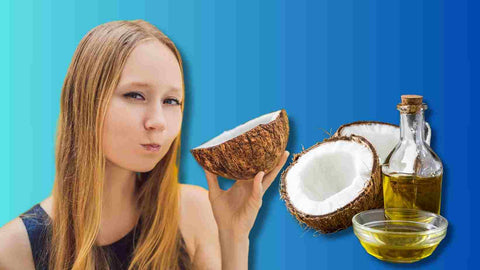
To oil pull effectively, follow these steps:
-
First choose your oil: Select a high-quality, edible oil such as coconut oil, sesame oil, or sunflower oil. Coconut oil pulling is popular due to its pleasant taste and potential antibacterial properties, but oil pulling with coconut oil isn't the end-all-be-all of this practice.
-
Measure the oil: Take about 1-2 tablespoons of oil and put it in your mouth.
-
Swish the oil: Swish the oil around in your mouth for about 15-20 minutes. Be sure to pull the oil through your teeth and around your gums. Avoid gargling or swallowing the oil.
-
Spit out the oil: After 15-20 minutes, spit the oil out into a trash can or tissue. Don't spit it into the sink as it could solidify and clog your drain over time.
-
Rinse your mouth: Rinse your mouth thoroughly with warm water or salt water to remove any remaining oil residue.
-
Don't forget to brush your teeth: To avoid improper, poor oral hygiene, be sure to follow up with your regular oral hygiene routine, including brushing with toothpaste tablets and flossing.
Repeat this process daily or several times a week for best results. Most people practice oil pulling in the morning before eating instead of at night.
In summary, oil pulling is an effective, easy-to-implement practice that can have great benefits for your dental health.
Should I oil pull before or after brushing my teeth?

You should oil pull before brushing your teeth. In traditional Ayurvedic practice, you would oil pull daily on an empty stomach, ideally first thing in the morning instead of at night before eating or drinking anything.
Practitioners generally recommend this timing because it ensures that you are not swishing food particles or debris along with the oil, allowing for a more effective cleaning action.
After oil pulling, you can proceed with your regular oral hygiene routine, such as brushing your teeth and flossing. Remember, oil pulling is meant to complement your oral hygiene practices, not replace them.
That said, if oil pulling immediately after eating is unavoidable for you, you should to wait at least an hour to allow the majority of food particles to clear from your mouth. While oil pulling after eating may not be as effective as doing it on an empty stomach, it can still help remove some bacteria and food debris from the oral cavity.
What oil should I use?
For oil pulling, the most commonly recommended oils are coconut, sesame, and sunflower oil.
Ultimately, the choice of oil can depend on your personal preference, taste, and any specific health considerations or allergies. Coconut oil is often recommended thanks to its accessibility and neutral (or even pleasant!) taste, but sesame and sunflower oils are also effective.
What else does oil pulling not do?
While oil pulling may be beneficial for oral health by reducing bacteria and plaque, it's not the magical cure-all some practitioners say it is. Despite its popularity and anecdotal praise, oil pulling cannot cure systemic disease like diabetes or heart disease.
This is because the idea that simply swishing oil in your mouth can detoxify your entire body and cure chronic illnesses lacks scientific evidence. Similarly, if you're looking for a way to whiten your teeth, oil pulling might not be the answer. While some people report a brighter smile, this is likely due to the removal of plaque rather than a true whitening effect.
There's no evidence to suggest that oil pulling can alter the natural color of your enamel or replace professional whitening treatments. Instead, you can consider using nano hydroxyapatite toothpaste because nano hydroxyapatite has been proven to whiten teeth.
Finally, oil pulling shouldn't be a substitute for professional dental care or your daily oral care practices. It can't fix cavities, nor can it treat gum disease on its own.
So, while incorporating oil pulling into your morning routine can be a good addition to your oral hygiene regimen, remember it should supplement regular brushing, flossing, and tongue scraping, not replace them.
Frequently Asked Questions
Does oil pulling work for cavities?
No, oil pulling does fix cavities. Although tooth decay can be halted or even reversed through remineralization with nano hydroxyapatite toothpaste, true cavities cannot be remineralized and require professional treatment. While some may claim that cavities can be remineralized, these are likely only early stages of decay, not true cavities. Ultimately, the decision to address a cavity with a filling varies among dentists.
Why don't dentists recommend oil pulling?
Dentists generally do not recommend oil pulling because there is limited scientific evidence to support its effectiveness for improving oral health. While some proponents claim benefits such as reducing harmful bacteria and improving gum health, these claims are not well-supported by research. Additionally, oil pulling is not a substitute for regular oral hygiene practices such as brushing and flossing, which are essential for maintaining good oral health. It's important to consult with your dentist for personalized advice on oral care practices.
Which oil is best for cavities?
No oil can treat cavities. However, for oil pulling, commonly recommended oils include coconut, sesame, and sunflower oil. Oil pulling may contribute to improved oral hygiene by reducing harmful bacteria in the mouth, but it does not cure cavities. Regular dental care and professional treatment are necessary for cavity management.
Is oil pulling good for root canals?
Oil pulling is generally safe even if you have had a root canal, but it's wise to consult your dentist first. Ensure you practice it gently to avoid any potential issues. Remember, oil pulling should not replace traditional oral hygiene practices like brushing and flossing. If you experience any discomfort or adverse effects, discontinue use and contact your dentist. It's important to approach this practice with care, especially when dealing with dental work.
Is oil pulling bad for fillings?
Oil pulling is not inherently bad for dental fillings, but there are a few considerations to keep in mind. The practice involves swishing oil around the mouth for a period, which some people believe can improve oral health. There's no solid scientific evidence to suggest that oil pulling damages fillings or causes them to fall out. However, if you have fillings that are loose or in poor condition, the suction created by swishing might potentially cause issues. As always, it's a good idea to consult with your dentist about your specific dental health and the safety of oil pulling with your dental work.
Are there negatives to oil pulling?
While oil pulling may offer potential benefits like reducing plaque and improving gum health, there are drawbacks to consider. These include the lack of scientific evidence supporting its efficacy, the necessity of maintaining traditional oral care practices like brushing and flossing, the time commitment involved in oil pulling, potential discomfort, and the risk of accidental inhalation, particularly for young children or those with difficulty controlling mouth movements. Thus, it's crucial to view oil pulling as a supplementary practice alongside established oral hygiene routines and to consult with a dentist for personalized advice.
What oils reverse cavities?
No oils can reverse cavities, but coconut oil may reduce bacteria that contribute to tooth decay. Using a nano-hydroxyapatite toothpaste, however, can help remineralize enamel and potentially reverse early-stage cavities. For advanced decay, professional dental care is still necessary.
What kills cavities in teeth?
Cavities cannot be "killed," but fluoride-free toothpaste containing nano-hydroxyapatite can help remineralize enamel and reverse early-stage cavities. Proper oral hygiene and regular use of such toothpaste can prevent further decay. Advanced cavities still require professional treatment to restore the tooth.
Will oil pulling help an infected tooth?
Oil pulling can reduce bacteria in the mouth but cannot cure an infected tooth. Tooth infections require immediate dental treatment, such as antibiotics or root canal therapy. Delaying professional care may worsen the infection.
Can you heal a cavity naturally?
Cavities cannot heal naturally once the enamel is damaged. However, using remineralizing products like fluoride-free toothpaste with nano-hydroxyapatite and maintaining good oral hygiene can help reverse early-stage decay. For more advanced cavities, professional dental treatment is necessary to fully restore the tooth.


